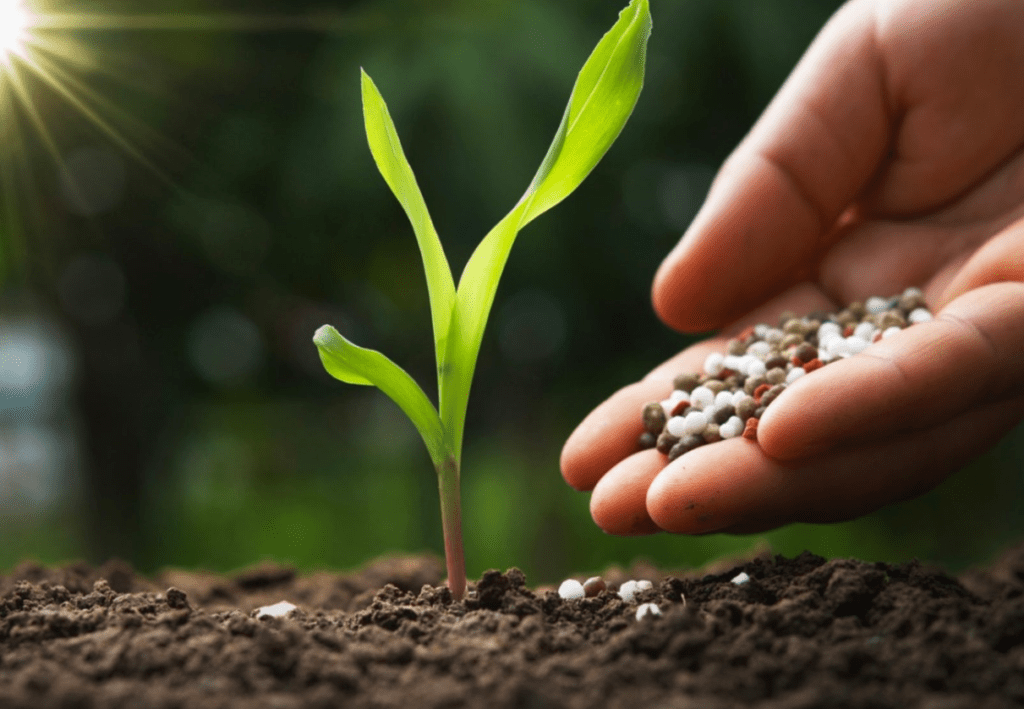
The Definitive Guide to Root Fertilizer for Trees, Cultivating Healthy Growth from Below
Root fertilizer for trees ensures robust growth and optimal health from the ground up. Ensuring the health and vitality of trees in our landscapes is a priority for many homeowners and gardeners. One often-overlooked aspect of tree care is the importance of root fertilizer. Root fertilizer plays a crucial role in promoting optimal tree growth, helping trees to establish strong root systems and thrive in their environment. In this guide, we will explore the significance of root fertilizer and how it can unlock the full potential of your trees.
Table of Contents
ToggleUnderstanding Root Fertilizer
Root fertilizer is specifically designed to nourish and support the root systems of trees and plants. Unlike foliar fertilizers, which are applied to the leaves, root fertilizers are applied directly to the soil around the tree’s root zone. These fertilizers contain essential nutrients, such as nitrogen, phosphorus, and potassium, along with other micronutrients that are vital for healthy tree growth.
Root fertilizer works by replenishing nutrients in the soil that may be lacking, stimulating root development, and enhancing nutrient uptake by the roots. By providing the necessary nutrients directly to the roots, root fertilizer ensures that trees have access to the fuel they need to grow strong, resilient, and vigorous.
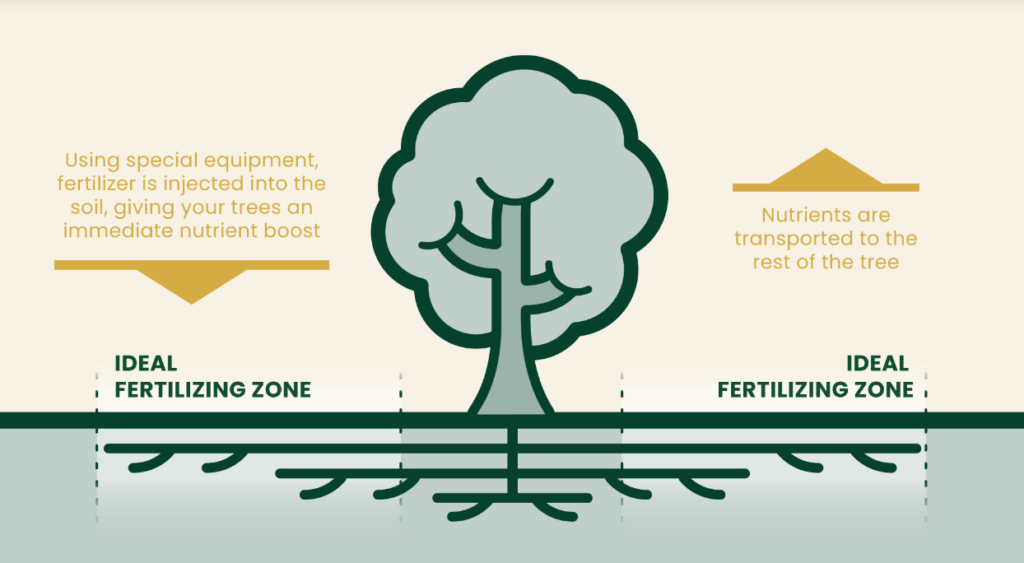
Importance of Tree Nutrition
Trees, like all living organisms, require proper nutrition to thrive. Without adequate nutrients, trees can become stressed, weak, and susceptible to disease and pests. Proper tree nutrition is essential for promoting healthy growth, strong root systems, and overall tree vigor.
Using root fertilizers can help to ensure that trees receive the essential nutrients they need to thrive, promoting lush foliage, strong branches, and overall tree health. By effectively using root fertilizers, you can maximize the health and growth of your trees, ensuring they remain strong and resilient for years to come.
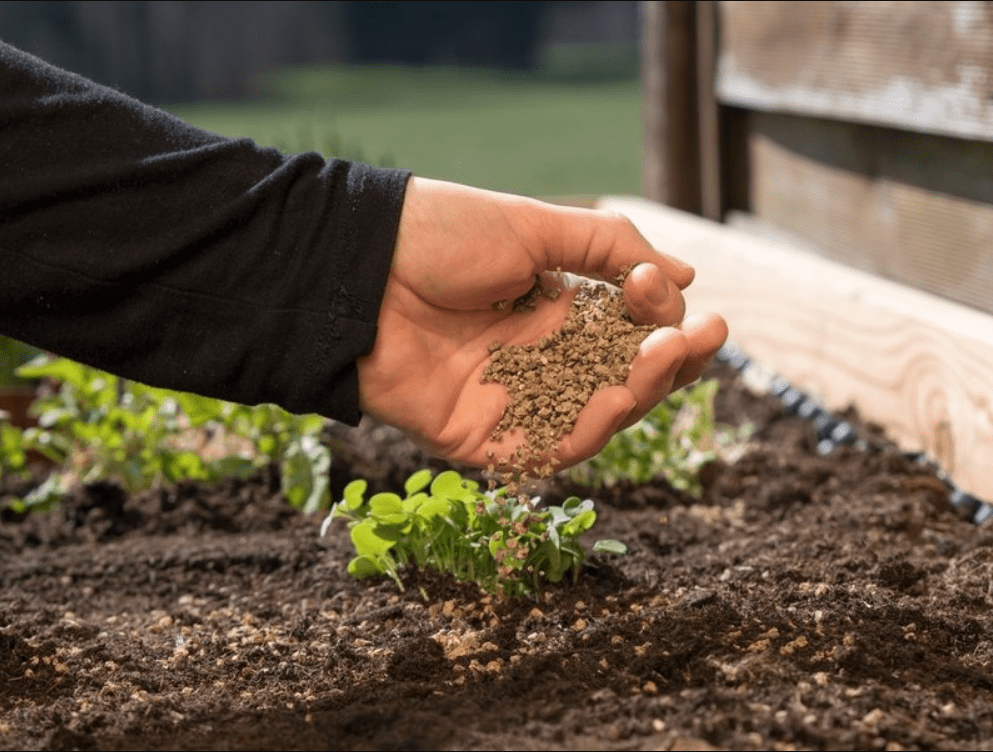
Fertilizers play a crucial role in providing essential nutrients to trees, such as nitrogen, phosphorus, and potassium, as well as other micronutrients that are vital for healthy tree growth. Root fertilizers work by replenishing nutrients in the soil that may be lacking, stimulating root development, and enhancing nutrient uptake by the roots.
By providing the necessary nutrients directly to the roots, root fertilizer ensures that trees have access to the fuel they need to grow strong, resilient, and vigorous. Proper tree nutrition is essential for promoting healthy growth, strong root systems, and overall tree vigor.
Without adequate nutrients, trees can become stressed, weak, and susceptible to disease and pests. Using root fertilizers can help to ensure that trees receive the essential nutrients they need to thrive, promoting lush foliage, strong branches, and overall tree health.
By effectively using root fertilizers, you can maximize the health and growth of your trees, ensuring they remain strong and resilient for years to come. Enhance your tree’s vitality and growth with effective root fertilizer for trees.
Benefits of Using Root Fertilizer
Using root fertilizer can provide several benefits for plants, including promoting healthy root growth, increasing nutrient uptake, and improving overall plant health. Root fertilizers can also help plants become more resilient to environmental stressors, such as drought or extreme temperatures. Additionally, using root fertilizer can lead to bigger and more vibrant blooms, as well as higher yields for edible plants. Overall, using root fertilizer can significantly improve the health and vitality of your plants.
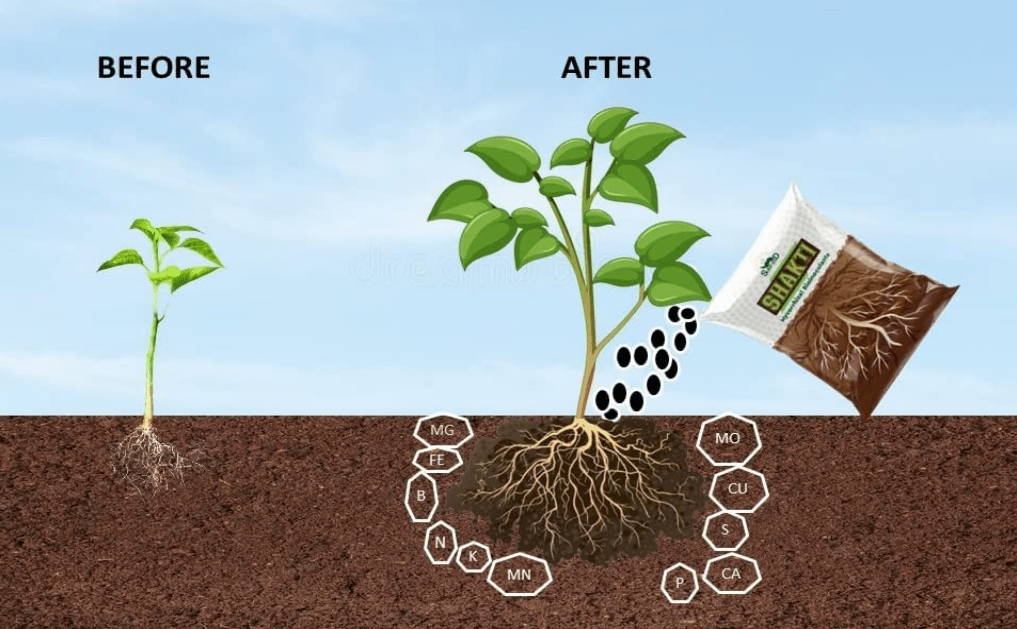
Proper tree nutrition is crucial for the overall health and growth of your trees. Trees require a balanced diet of essential nutrients to promote strong root systems, lush foliage, and overall tree vigor. Without adequate nutrients, trees can become stressed, weak, and more susceptible to disease and pests. Using root fertilizers can help ensure that your trees receive the necessary nutrients they need to thrive.
These fertilizers can promote healthy root growth, increase nutrient uptake, and improve overall tree health. Additionally, they can help trees become more resilient to environmental stressors such as drought or extreme temperatures.
By effectively using root fertilizers, you can maximize the health and growth of your trees, ensuring they remain strong and resilient for years to come. It is essential to understand the benefits of using root fertilizers and the impact they can have on the overall health and vitality of your trees.
Types of Root Fertilizers
There are several types of root fertilizers available, each with its own specific benefits and applications. Granular root fertilizers are commonly used and slowly release nutrients over time, providing long-lasting benefits for tree health. Liquid root fertilizers are also available and can be applied directly to the roots for quick nutrient absorption. Additionally, organic root fertilizers can provide natural and sustainable nutrients to support tree health.
Properly applied root fertilizer for trees can significantly enhance root development, leading to stronger, healthier trees with improved growth and vitality It’s important to choose the right type of root fertilizer based on your specific tree’s needs and the soil conditions in your area.
Understanding the different types of root fertilizers and their benefits can help you make informed decisions to improve the health and vitality of your plants. Here are some common types of root fertilizers:
1. Granular Fertilizers:
- Granular root fertilizers consist of small, slow-release pellets or granules that are applied to the soil surface around the tree’s root zone. These fertilizers gradually release nutrients over time, providing a steady supply of essential elements to the roots.
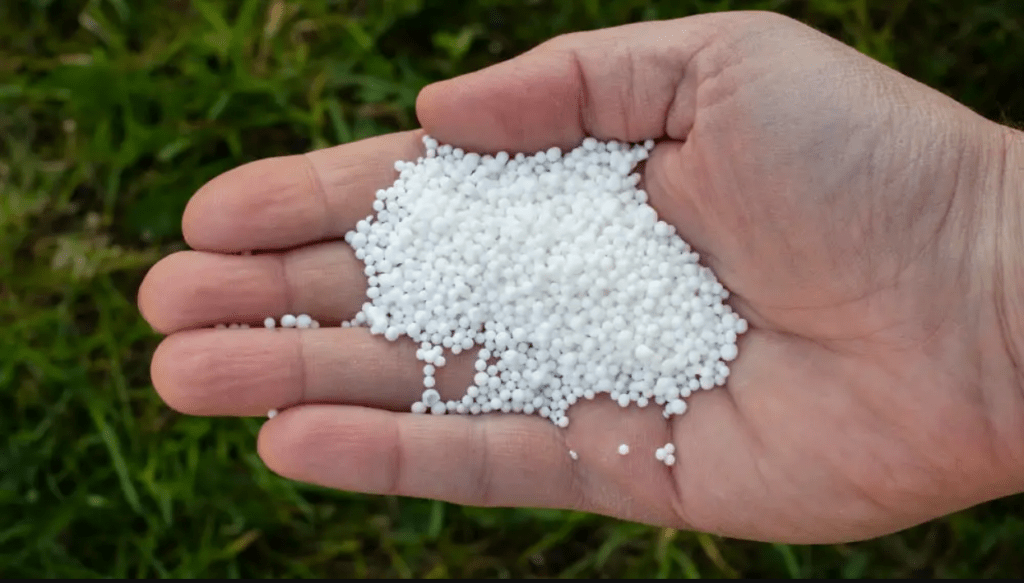
2. Liquid Fertilizers:
- Liquid root fertilizers are dissolved in water and applied directly to the soil around the tree’s roots. They are quickly absorbed by the roots, providing an immediate nutrient boost. Liquid fertilizers are often used for rapid nutrient correction or during periods of high nutrient demand.
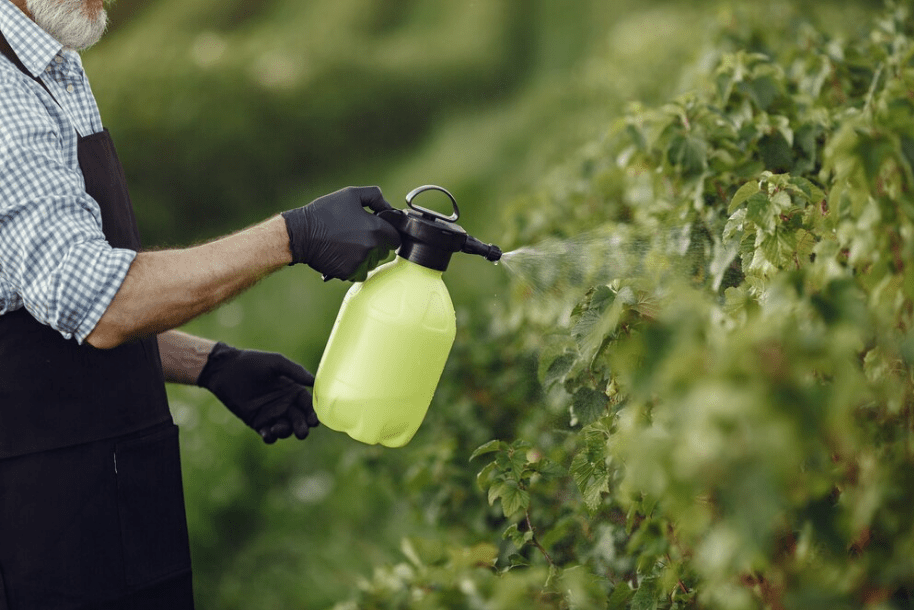
3. Spike Fertilizers:
- Spike root fertilizers are solid stakes or spikes that are inserted into the soil near the tree’s root zone. As water penetrates the soil, nutrients are released from the spikes and absorbed by the roots. Spike fertilizers are convenient for targeted nutrient delivery and are especially useful for deep-rooted trees.
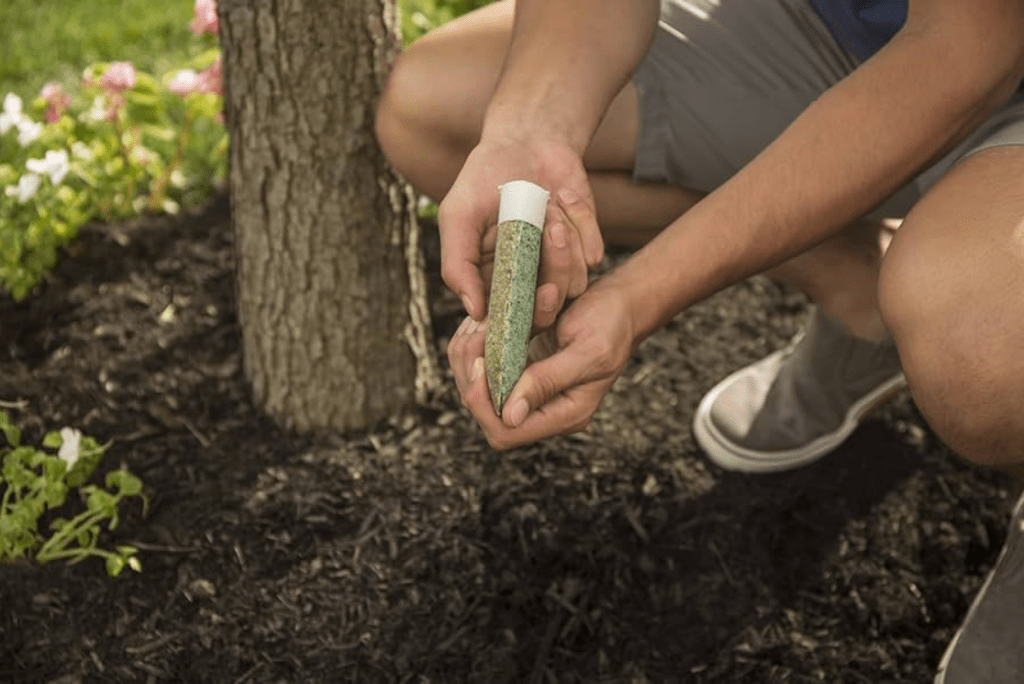
4. Controlled-released Fertilizers:
- Controlled-release root fertilizers are formulated to release nutrients gradually over an extended period. These fertilizers are typically encapsulated in a coating that breaks down slowly in response to soil moisture and temperature, providing a continuous supply of nutrients to the roots.
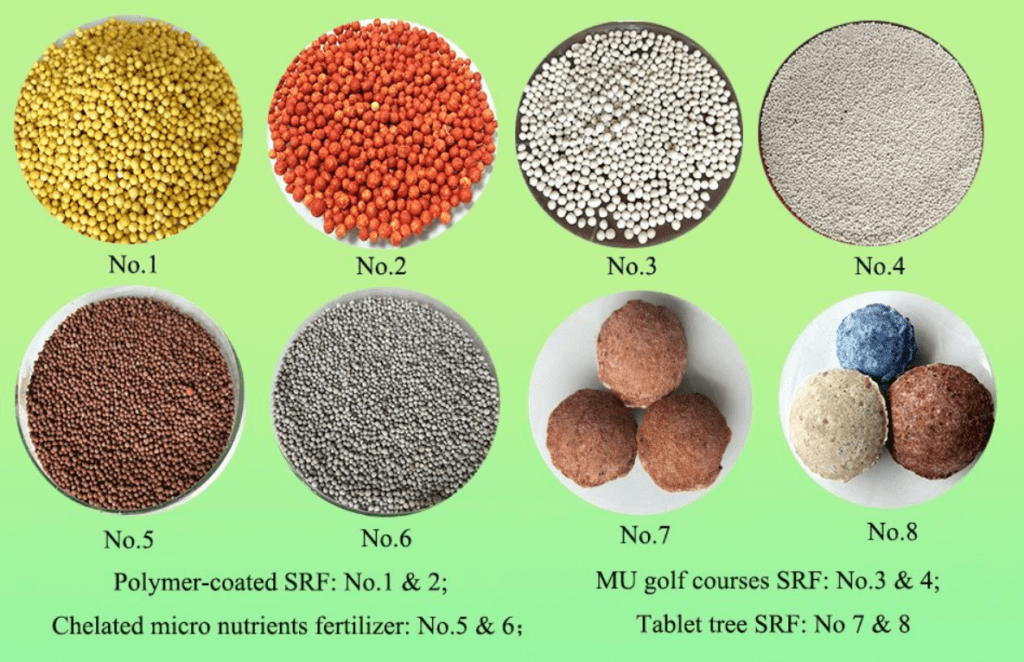
5. Organic Fertilizers:
- Organic root fertilizers are derived from natural sources such as compost, manure, or plant-based materials. They contain a wide range of nutrients and beneficial microorganisms that improve soil health and promote root development. Organic fertilizers are an environmentally friendly option and are often used to enhance soil fertility and structure.
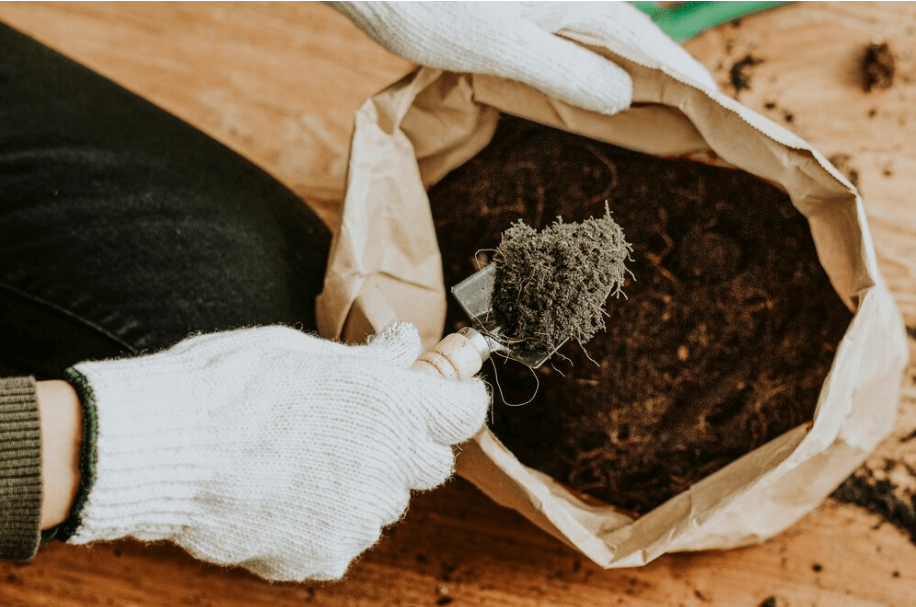
6. Synthetic Fertilizers:
- Synthetic root fertilizers are manufactured from chemical compounds and contain specific concentrations of essential nutrients. These fertilizers are formulated to provide precise nutrient ratios and are often used for targeted nutrient supplementation or to correct nutrient deficiencies in the soil.
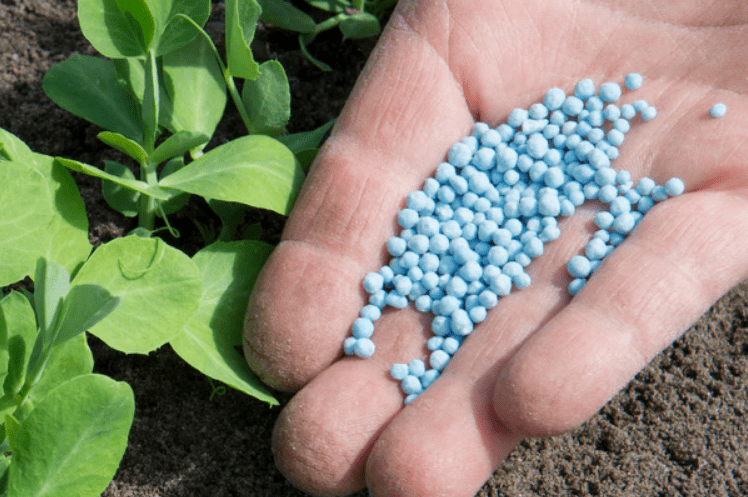
7. Micronutrient Fertilizers:
- Micronutrient root fertilizers contain essential trace elements such as iron, manganese, zinc, and copper, which are required in small quantities for healthy tree growth. These fertilizers are especially beneficial for correcting micronutrient deficiencies in the soil and promoting overall tree health.
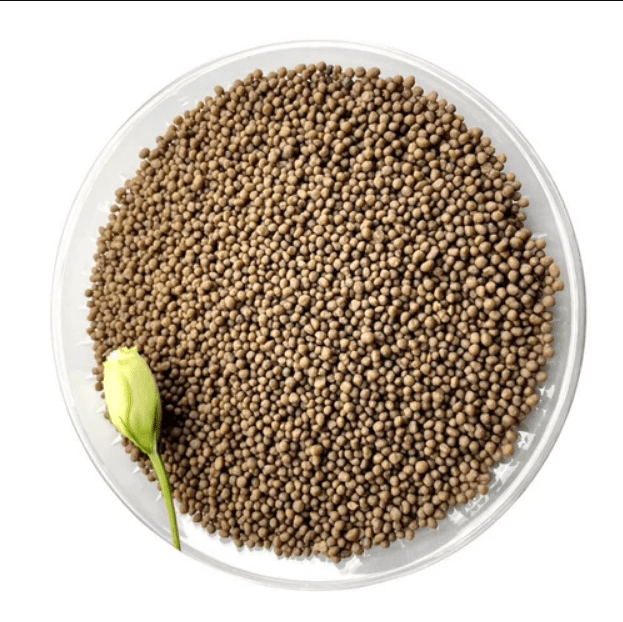
How to Apply Root Fertilizer
Applying root fertilizer correctly is essential to ensure that trees receive the nutrients they need for optimal growth and health. Here’s a step-by-step guide on how to apply root fertilizer effectively:
1. Determine the Right Fertilizer
- Choose a root fertilizer that is suitable for your tree species and meets its specific nutrient needs. Consider factors such as the tree’s age, soil type, and any existing nutrient deficiencies. You can consult with a local arborist or extension service for recommendations on the best fertilizer for your trees.
2. Prepare the Soil:
- Before applying root fertilizer, ensure that the soil around the tree’s root zone is moist but not waterlogged. If the soil is dry, water the area thoroughly a day or two before applying the fertilizer to help it penetrate the soil more effectively.
3. Calculate the Application Rate:
- Determine the appropriate amount of fertilizer to apply based on the tree’s size, age, and nutrient requirements. Follow the manufacturer’s instructions for the recommended application rates, as over-fertilizing can harm the tree and the environment.
4. Apply the Fertilizer:
- Spread the root fertilizer evenly over the soil surface within the tree’s drip line, which is the area directly beneath the outermost branches. Use a hand-held spreader, broadcast spreader, or by hand, depending on the size of the area to be fertilized. Avoid applying fertilizer directly against the tree trunk to prevent damage to the bark.
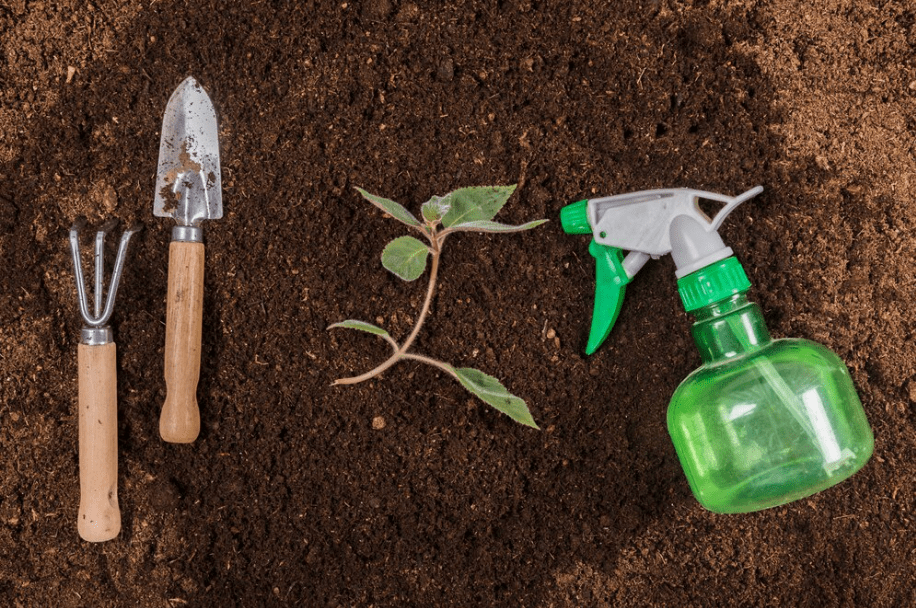
5. Water the Fertilizer In:
- After applying the root fertilizer, water the area thoroughly to help the nutrients penetrate the soil and reach the tree’s roots. Use a garden hose or irrigation system to apply water evenly across the root zone, ensuring that the soil is moistened to a depth of at least 6 to 8 inches.
6.Monitor and Maintain:
- Monitor the tree’s growth and health regularly after applying the root fertilizer. Look for signs of improved vigor, such as increased foliage density, vibrant leaf color, and vigorous growth. If necessary, repeat the fertilizer application according to the recommended schedule to maintain optimal nutrient levels in the soil.
7. Consider Seasonal Timing:
- In most cases, it’s best to apply root fertilizer in early spring or late fall when trees are actively growing and absorbing nutrients. However, follow the specific recommendations for the fertilizer product you’re using, as timing may vary depending on the formulation and tree species.
8. Use Caution:
- When applying root fertilizer, follow all safety precautions provided by the manufacturer, including wearing gloves, eye protection, and proper clothing. Keep children and pets away from the area during and after application, and store fertilizer products securely out of reach.
By following these steps and guidelines for applying root fertilizer, you can help promote healthy root development and overall growth in your trees, ensuring a thriving landscape for years to come. If you have any questions or concerns about fertilizing your trees, consult with a local arborist or horticultural expert for personalized advice and recommendations.
How Root Fertilizer Promotes Tree Growth
Root fertilizer plays a crucial role in promoting tree growth in several ways:
1. Stimulating root development:
Root fertilizer contains ingredients that promote root growth and expansion, allowing trees to establish a robust root system that can support healthy above-ground growth.
2. Enhancing nutrient uptake:
The nutrients in root fertilizer are readily available to the roots, ensuring efficient absorption and utilization by the tree. This results in improved overall tree health and vitality.
3. Improving tree vigor:
By providing essential nutrients and promoting healthy root growth, root fertilizer helps trees to develop stronger stems, branches, and foliage. This enhances the tree’s ability to withstand environmental stresses and pest infestations.
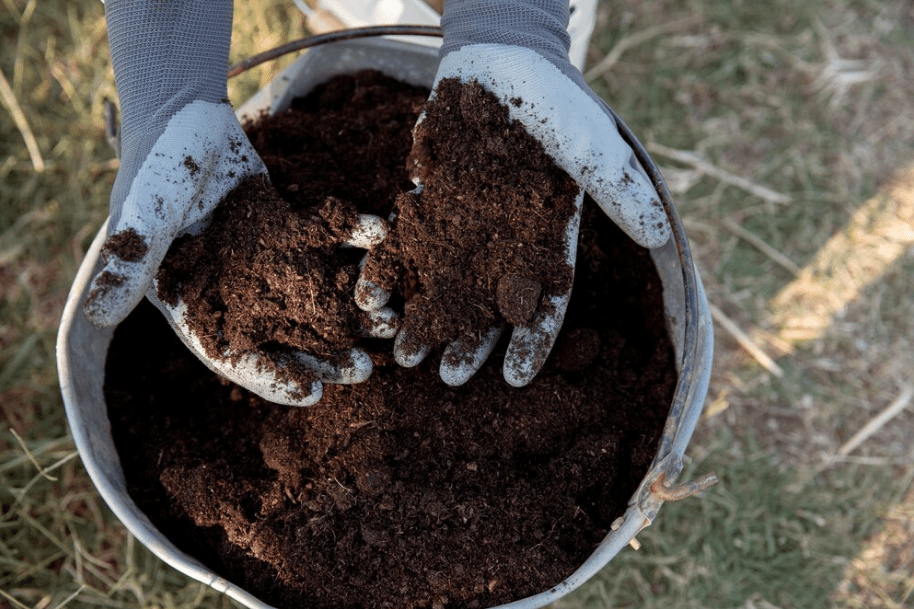
Best Practices for Using Root Fertilizer
To maximize the benefits of root fertilizer, it’s essential to follow these best practices:
1. Select the right type and formulation:
Choose a root fertilizer that is specifically formulated for trees and contains the necessary nutrients for optimal growth.
2. Timing and frequency:
Apply root fertilizer at the appropriate time, typically in early spring or late fall when trees are actively growing. Follow the manufacturer’s instructions for the correct frequency of application.
4. Application techniques:
Apply root fertilizer evenly around the drip line of the tree, where the majority of the roots are located. Use a broadcast spreader or hand-held spreader for even distribution.
Root fertilizer is a valuable tool for promoting optimal tree growth and ensuring the long-term health and vitality of trees in your landscape. By understanding the importance of root fertilizer and following best practices for application, you can unlock the full potential of your trees and enjoy a beautiful, thriving landscape for years to come.
Frequently Asked Question (FAQ)
Root fertilizer is a specialized nutrient blend designed to nourish the root system of trees, promoting healthy growth and vitality.
Root fertilizer provides essential nutrients directly to the roots, improving nutrient uptake, root development, and overall tree health. It can enhance growth, resilience to stress, and fruit or flower production.
It’s best to apply root fertilizer in early spring before new growth begins or in late fall after trees have entered dormancy. This allows the nutrients to be readily available when the tree is actively growing.
Follow the manufacturer’s instructions for application rates and methods. Typically, root fertilizer can be spread evenly around the base of the tree and watered thoroughly to ensure proper absorption.
While regular fertilizer can provide some nutrients to trees, root fertilizer is specifically formulated to deliver nutrients directly to the root system, maximizing absorption and effectiveness.
Yes, there are various formulations of root fertilizer tailored to specific tree species, soil types, and growth stages. Some may contain organic ingredients, while others are synthetic.
The frequency of root fertilization depends on factors such as soil quality, tree species, and environmental conditions. Generally, once or twice a year is sufficient for most trees.
Excessive application of root fertilizer can lead to nutrient imbalances, root burn, or environmental pollution. It’s essential to follow recommended dosage guidelines and avoid over-fertilization.
Root fertilizer can contribute to the recovery of stressed or unhealthy trees by improving root health and nutrient uptake. However, other factors such as proper watering and pest management may also be necessary for full recovery.
